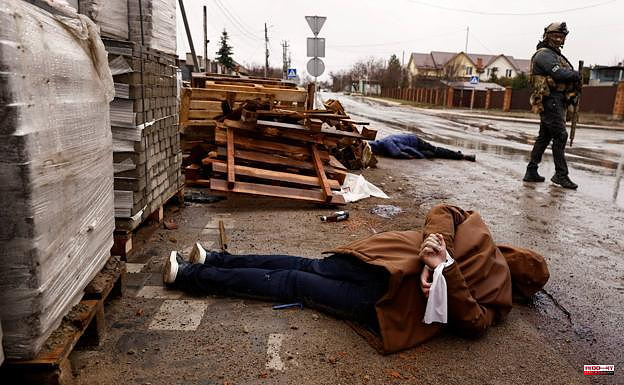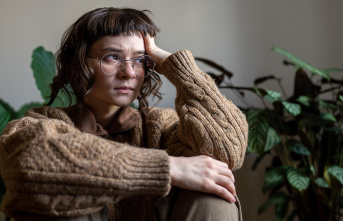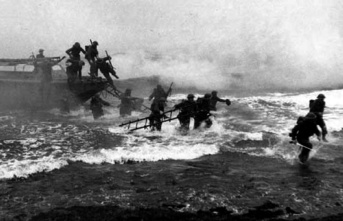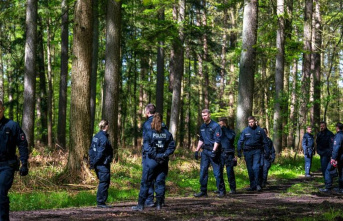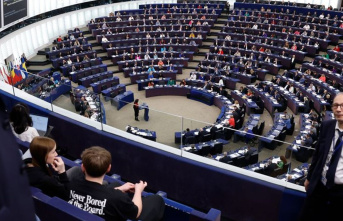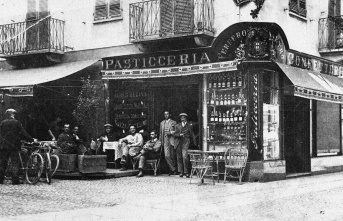Never in history has a war been so covered by the media as the one in Ukraine. It will be difficult to cover up the crimes of one or the other, as shown by the New York Times investigation that documents step by step the execution of at least eight people in Bucha at the hands of Russian soldiers on March 4.
The images of the squad of prisoners with their eyes blindfolded and their hands behind their necks, recorded by the security cameras of a nearby business, are the last in which these Ukrainian men appear alive. Russian paratroopers pointed their rifles at them as they crossed the street, forcing them to walk single file to a nearby office building where they would be executed. “Move to the right, you bastards!” one of them yells at them.
The witnesses who have interviewed the New York newspaper to string together the images obtained have filled in the gaps, which were not many. "The hostages are on the ground, there, behind the fence," the person behind a phone, who also recorded the execution, is heard saying. "There's one, two, three, sure, four, five, six…" Nine in all. The bright blue sweatshirt one is wearing stands out from a distance.
The video does not record the moment of the execution, but eight witnesses interviewed by The New York Times heard the shots. The men never came back. The next day a drone filmed eight bodies handcuffed on the ground, confirming the witnesses' version. Two Russian soldiers were still near the bodies, of which there are photos that will allow them to be identified. The man in the light blue sweatshirt was between them, in a fetal position with the hood pulled over his neck. Some didn't have a shirt on, others it came out of their heads. They were missing their shoes, most of them had razor-cut hair.
144 Yabluska Street was an office building that the Russian invaders turned into a makeshift barracks. The images recorded by the drones pick up two Russian tanks and a Russian military truck in the parking lot behind. The New York newspaper claims to have spent "weeks" interviewing survivors, witnesses, coroners, police and military who were in the town on the outskirts of kyiv during the incursion of Russian troops. His team of journalists has left no stone unturned, scrutinizing social networks and reports of missing persons until they managed to identify all those shot.
«They were husbands and fathers, merchants and workers who lived the common life of any civilian before the war. Government restrictions on the men not leaving the country, coupled with their determination to protect their communities, meant that most joined the defense forces on the days they were killed. Almost all lived within walking distance of where their bodies were found."
7

